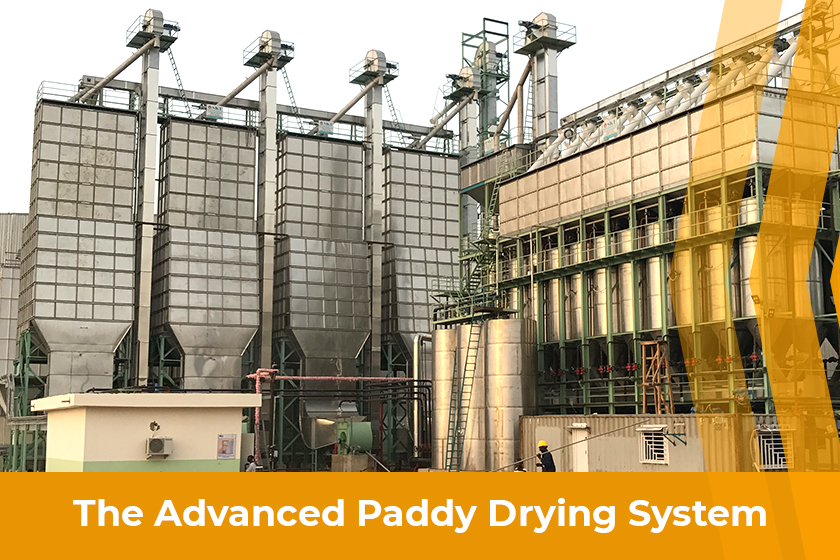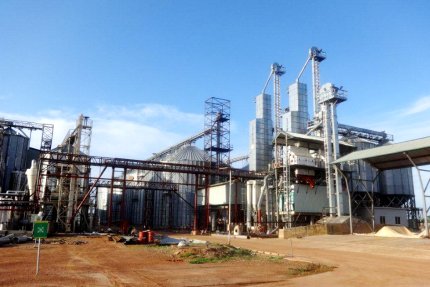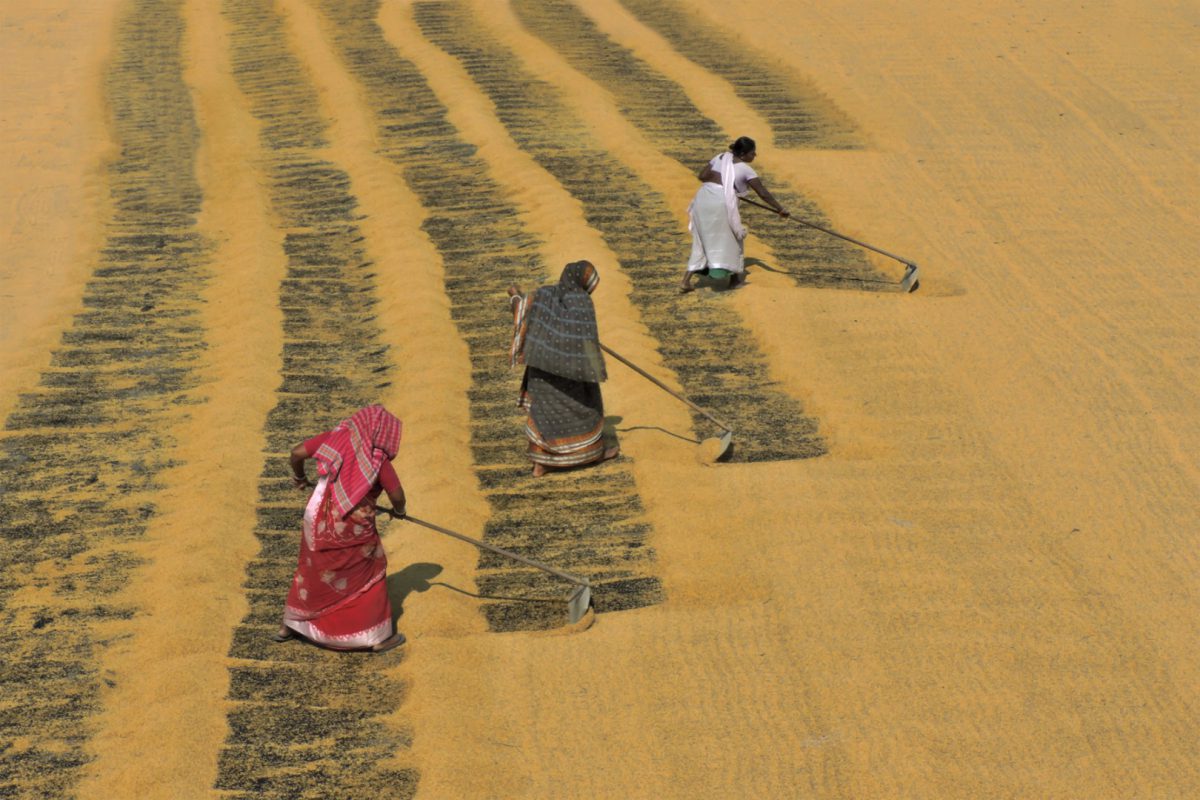Paddy Drying is the basic process of yielding rice. During the paddy arrival season, the moisture percentage in freshly harvested paddy is 18% and above, the paddy should be dried to bring down the moisture percentage of 14% which is ideal for storage purpose. After the process of parboiling and steaming the moisture increases to 35% which is actually wet paddy. So to reduce the moisture from it various steps are involved such as field drying, sun drying, heated air drying, in-store drying.
If moisture not removed from the paddy, the quality of grain decreases. Instead of sun drying and traditional drying methods, Nextech Solutions offers advancement with Paddy Drying System such as installation & design of paddy dryer machine. This helps in the drying process efficient than traditional drying methods for safe storage.
A Paddy Dryer Machine is designed to suit all the grains. It comes with a blower and furnace digitalized with meters for controlled drying, with the air flow circulation to dry the paddy grains in a closed chamber. The machine works with two chambers or tanks one for filling in and another for discharge. This Paddy dryer Machine can be efficient Paddy Drying Solution for batch type drying and continuous drying processes.
Features of Advanced Paddy Drying Machine.
- It is designed to suit up all the paddy grains.
- The design includes quality material such as stainless steel which doesn’t affect any harm to the paddy.
- Rice Mill Consultant can help you to reap all the benefits of the Paddy Dryer Machine, to use the husk, wood or biomass obtained.
- It comes with PLC monitor system to monitor and control the temperature for the drying process.
- Efficient drying as to reduce 5% moisture, the process is likely to run for 5 hours.
- Can reduce the labor cost, as minimal manpower is required.
- Also, the maintenance of this Grain Dryer is very low.
- The Grain Dryer is designed to provide uniform steaming to maintain the quality of the paddy grains.
We at Nextech Solutions help you out with Rice Milling Plant Layout Design with our team of Rice Mill Engineers and Designer which will help to plan about Paddy Dryer Machine Setup. This counseling and planning about Paddy Drying Solutions with Rice Mill Engineers and Designers will help you with much profitable business.
 MAIL US :
MAIL US :
 CALL US :
>
CALL US :
>


